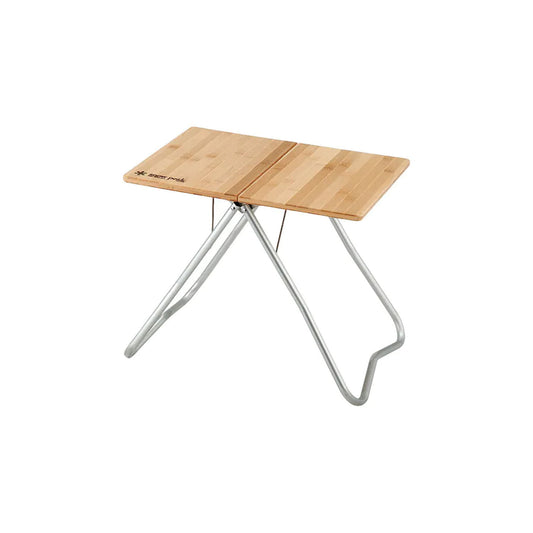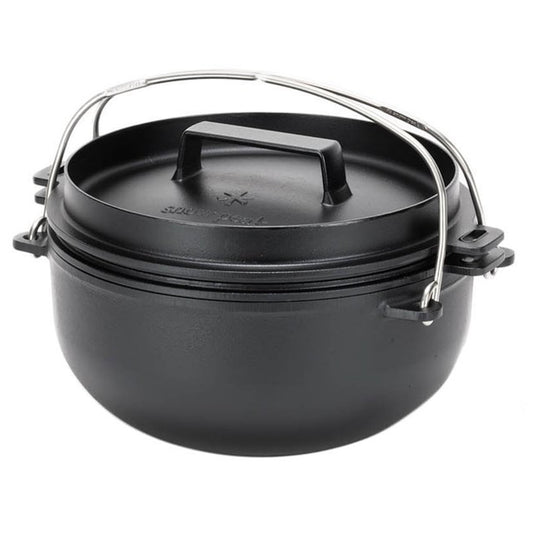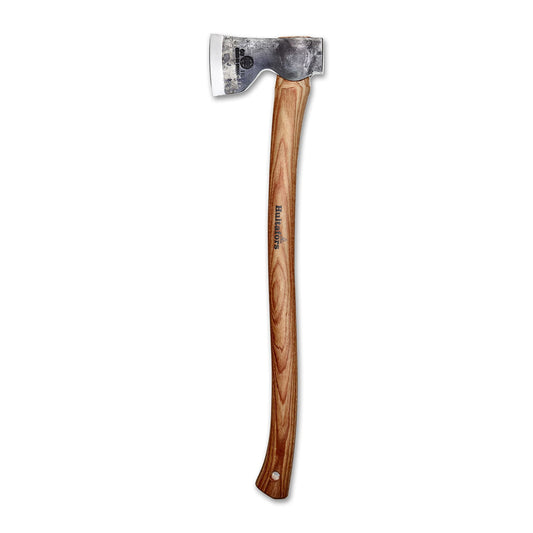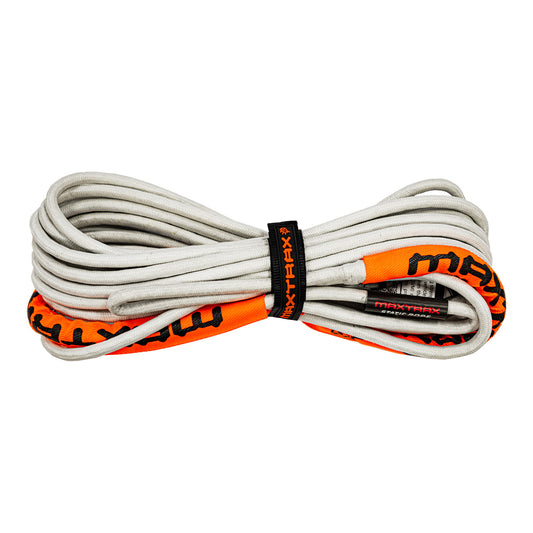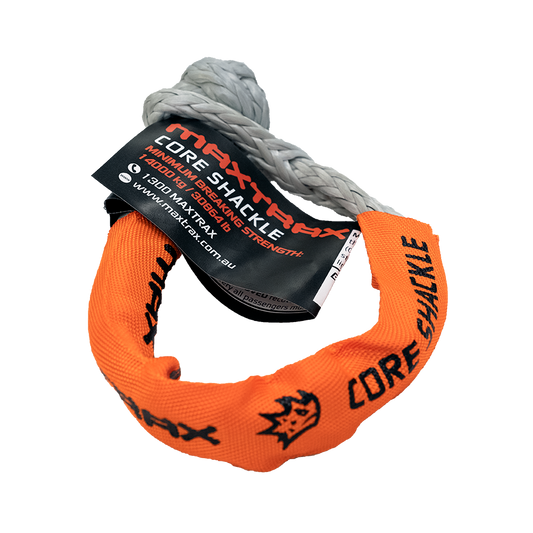When arriving someplace genuinely magical, like Western Australia’s Twilight Cove, all that matters is that you made the effort and got there. What you do for a living, the vehicle you drive and the gear that you use all fade as irrelevant details.
Being awestruck by your surroundings is what’s memorable, and it’s the collection of these moments that many travellers are most proud.
This trip was my second visit to Twilight Cove. A few years back I travelled from Twilight Cove through the Bilbunya Dunes and to Cape Arid National Park with my mate Luke. It was an incredible trip, and I fell in love with the dramatic coastline.
This time around was a shorter trip via the Baxter Cliffs. Following the old East-West Telegraph Line, I headed east from the Baxter Cliffs toward Twilight Cove.

While only a few remnants of the timber telegraph poles remain, amazingly, the line itself runs almost uninterrupted beside the track. It’s relatable history, and while so much has changed for technology, wild places provide small comfort that some things are still mostly unchanged.


The track itself isn’t technical, but it’s rocky. It’s a place for sturdy tyres and a little care. It’s also narrow. With the mirrors tucked in even my narrow 76 Series Cruiser scraped lots, luckily that’s why we buy 4x4s!

Twilight Cove is at the eastern end of the Baxter Cliffs. The cliffs leave the Southern Ocean and head inland, and it’s a low point that allows for a track down to the beach below.

It’s a steepish drive down with some awkward ruts and off-camber, but it’s straightforward.


A couple of dunes are the final challenge. The wind had covered the track with fresh sand, making it hard to pick the way. I was travelling solo on this trip, so I scouted the firmest option and then ploughed through the soft sections and out onto the firm beach.

With the Southern Ocean on one side and the Baxter Cliffs dead ahead, for me, the beach at Twilight Cove is one of the most spectacular in Australia.

On my first trip, a leaping pod of dolphins greeted us. This time around, I was managing my expectations and would have been happy with decent winter weather.

Instead, Twilight Cove wowed me once more. Just off the coast, a southern right whale and calf spent the afternoon floating just off the beach.

Whalers named these the ‘right’ whale to kill due to their plentiful oil. An estimated 55,000-70,000 southern right whales were in the Southern Hemisphere in the 1700s. This number was reduced to fewer than 300 by the 1920s. Due to protection, thankfully, this number is back up to an estimated 3,500.

The corner here where the cliffs cross the beach and plunge into the Southern Ocean is breathtaking.
An isolated beach roughly halfway across the Nullarbor makes for a pretty good campsite too.


From Twilight Cove it was back up off the beach and escarpment north to Cocklebiddy. With no travellers, just trucks, on the road the realities of 2020 came back to mind. Perhaps that’s why I like travelling and camping so much; it’s one of the easiest ways for me to switch off.




